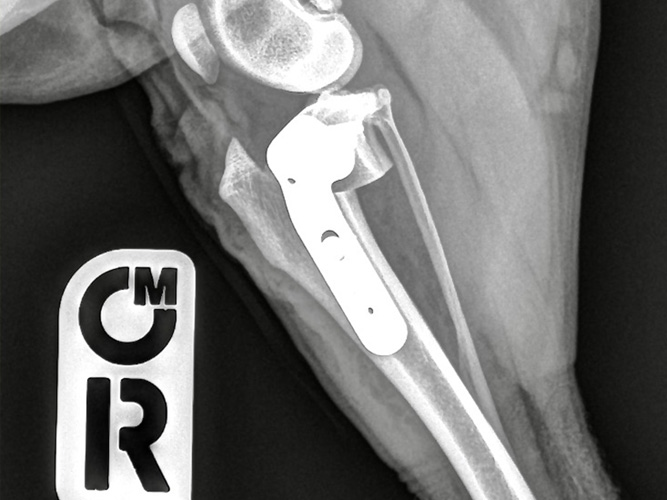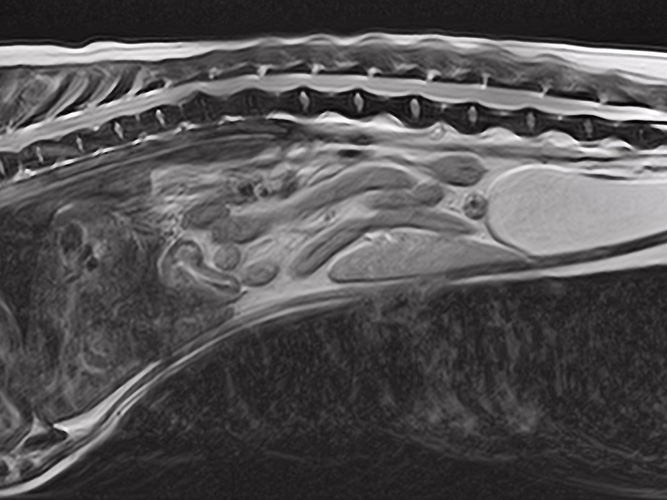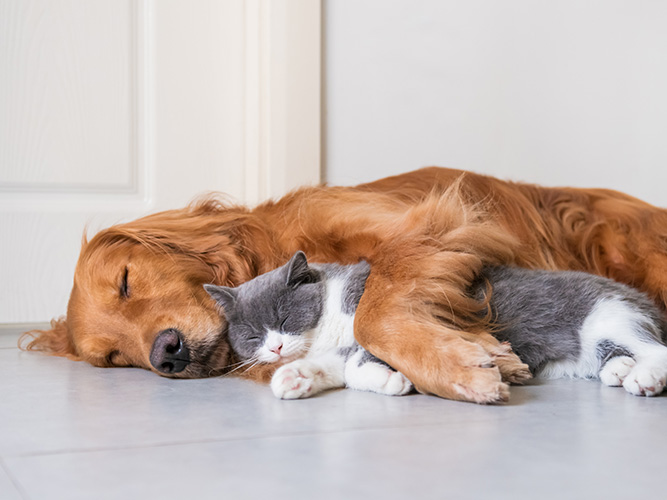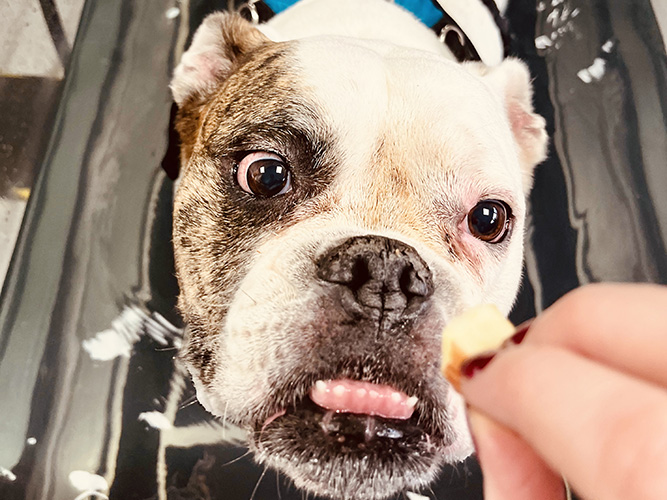Lola's Long Back Causes IssuesShare on
Dogwood’s Case Digest
- Spinal issues like slipped discs are common in dogs with long backs and short legs
- An MRI scan is the best way to identify and understand the issue
- Surgery involves removing the disc material
- Prognosis is associated with severity of clinical signs beforehand
- Physiotherapy and hydrotherapy are crucial for the rehabilitation of spinal-injury patients
Lola’s owners came downstairs one morning to a very quiet and upset Lola. One thing all Dachshund owners worry about is a problem with their pet’s spine and as Lola tried to get up that morning her back legs simply weren’t working. Lola’s owners knew this was very likely to be caused by a spinal issue and rushed her to their trusted local vet who was immediately concerned about a slipped disc. They rang Dogwood Referrals to send Lola for an emergency MRI and possible surgery.
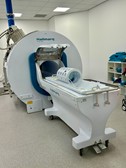
High Field MRI machine at Dogwood Referrals
When Lola presented at Dogwood Referrals she was unable to use her back legs properly, dragging them and showing only slight movement. Otherwise, she was bright in herself and her front legs were working normally. We suspected an issue with her lower back, also referred to as the thoracolumbar spine.
At Dogwood Referrals we are lucky to have an in-house High-field MRI scanner meaning we could get Lola the imaging she needed and fast. The MRI confirmed that Lola had a large slipped disc in her back, close to the level of her last rib. This is known as an intervertebral disc extrusion (IVDE).
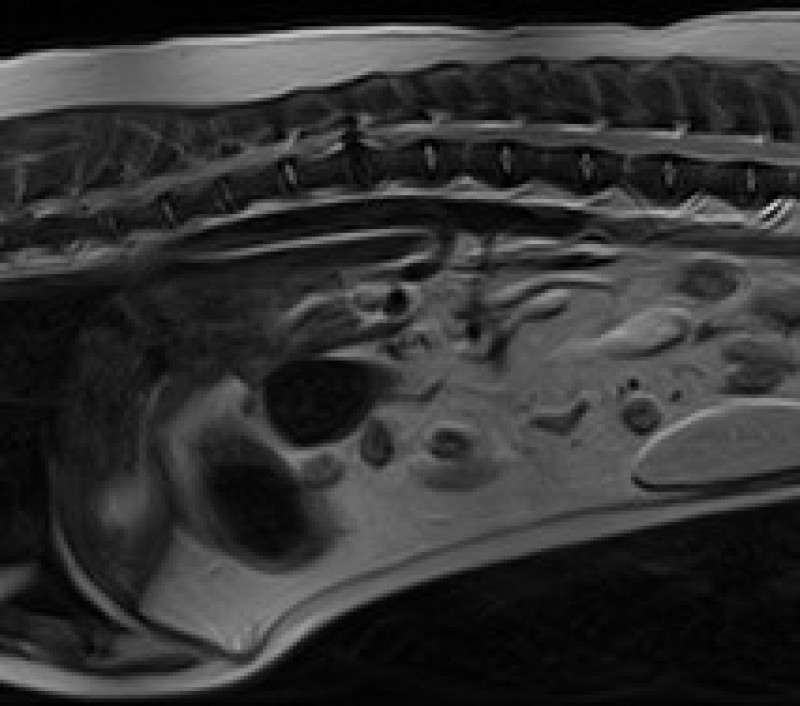
MRI of Lola's back showing the disc squashing her spinal cord
The canine spine is made up of lots of bones (7 in the neck, 13 in the chest region and 7 in the lower back). Within these bones runs the spinal cord, which carries all the messages from the brain to the body. Between the bones and under the spinal cord are discs. These intervertebral discs are normally soft allowing a dogs spine to bend and flex allowing them to have fun in the park or zoomies at home. However, occasionally these discs become hardened or they become so squished that the inside jelly-like substance pushes out onto the delicate spinal cord above. This is an IVDE. The squeezing and bruising to the spinal cord caused by the disc stops or slows signals from the brain. Common signs associated with IVDE are:
- Pain in the neck or back
- Arched back
- Weakness or paralysis of the hind-limbs
MRI of Lola's back showing the disc (black) squashing her spinal cord (grey)
Management of IVDE is either medical (pain relief and strict rest) or surgical (removal of the disc material squashing the spinal canal). Which option is chosen is based on a number of factors, however in dogs and cats with more severe signs, surgery is associated with a lower rate of recurrence, higher chance of success and improved rate of recovery. Throughout veterinary research, prognosis is consistently associated with the severity of clinical signs beforehand.
Due to Lola’s signs being severe it was decided to proceed with emergency spinal surgery to remove the exploded disc from the spinal canal and relieve the compression on her spinal cord.
Lola’s surgery went without complication, lots of disc material was delicately removed from her spinal canal and Lola recovered from anaesthesia well.
Lola enjoying her rehabilitation with expert guidance from Alex
The rehabilitation of spinal-injury patients like Lola is as important as the expert surgery itself. At Dogwood Referrals we have a dedicated physiotherapy and hydrotherapy suite where our ACPAT registered physiotherapists guide owners on techniques for their pets rehabilitation journey. Crucially, the holistic approach available at Dogwood Referrals ensures our patients receive the best care possible improving outcomes.
Lola still enjoys hydrotherapy after her surgery and she continues to make huge strides towards complete recovery. Well done Lola!
-
Previous
-
Next

